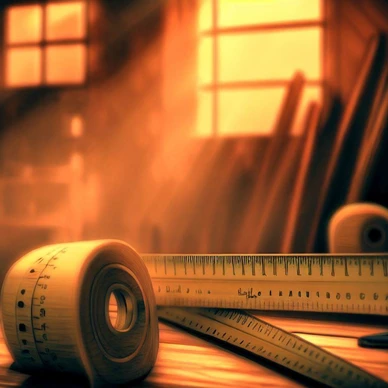Frequently Asked Questions about Depth Gauges
What are depth gauges?
Depth gauges are precision measurement instruments used to accurately obtain the measurement of the depth of a bored cavity, recess, hole, groove, or other similar openings that were created below the surface level of a material.
What are the different types of depth gauges?
There are several types of depth gauges available, including:
Analog (dial) depth gauges
These feature a mechanical dial and needle indicator to illustrate the depth measurement on the dial face. Dial indicator depth gauges are comprised of a very standard length measuring gauge mated to a flat base.
Digital depth gauges
These present meteorological data in numeric or alphanumeric form. They often have data output capabilities that use serial or other formats. Digital readouts are precise digital displays that are integrated into dimensional depth gauges.
Depth gauge micrometers
These are used for precision dimensional gaging. They are made of a ground spindle and an anvil that is mounted in a tee-shaped frame. Micrometer style depth gauges mate a micrometer head to a flat measuring base.
Depth rulers
These are simple rulers that are used to measure depth.
Vernier style depth gauges
These feature a sliding vernier scale that is used to read the measurement on the main scale. Vernier depth gauges are another type of depth gauge with a digital option.
What industries use depth gauges?
Depth gauges are important in dimensional measurement for several industries, including:
Who invented the depth gauge?
The first depth gauge was proposed by the French physicist, mathematician, and inventor Denis Papin in 1695. However, it wasn't until 1775 that the first depth gauge was developed by Isaac Doolittle, an inventor, scientific instrument, and clock maker from New Haven, Connecticut, for David Bushnell's submarine the Turtle. By the early nineteenth century, the depth gauge was a standard feature on diving equipment.
Where can I purchase a reliable depth gauge?
There are several places where you can purchase a reliable depth gauge, including:
What is the difference between analog and digital depth gauges?
Analog or dial-type depth gauges feature a mechanical dial and needle indicator to illustrate the depth measurement on the dial face. On the other hand, digital depth gauges present meteorological data in numeric or alphanumeric form.
Digital depth gauges provide instantaneous measurements in small units, eliminating the need to read a Vernier scale.
However, the choice between analog and digital depth gauges depends on the specific application and personal preference.
How do I calibrate a depth gauge?
To properly calibrate a depth gauge, follow these steps:
Please note that specific calibration procedures may vary depending on the type of depth gauge being used. Consult the manufacturer's instructions for detailed calibration steps.
Do depth gauges have a locking mechanism?
Yes, some depth gauges have a locking mechanism to ensure consistent and accurate measurements. The locking mechanism holds the gauge in place once the desired depth has been reached, preventing movement or shifting during measurement.
This is particularly important when measuring the depth of openings below the surface level of a material.
What industries use dimensional measurement technology?
Dimensional measurement technology is used in several industries, including medical, jewelry, aerospace, and entertainment. Accurate measurements are essential for ensuring proper fit, operation, and quality in various applications.
Did William Gascoigne invent the depth gauge?
No, William Gascoigne did not invent the depth gauge. He invented the first micrometric screw, which was used in a telescope to measure angular distances between stars and the relative sizes of celestial objects.
The depth gauge was invented by Denis Papin and later developed by Isaac Doolittle for diving and engineering applications.
These frequently asked questions provide a comprehensive overview of depth gauges, their types, applications, and calibration. Depth gauges are essential tools in dimensional measurement, offering precision, ease of use, versatility, and standardization.
Whether you need to measure the depth of a hole, cavity, or groove, a reliable depth gauge will ensure accurate and consistent results.
Looking for a Depth Gauge?
Choosing a Depth Gauge can be very difficult if you know nothing about them.
So I created this quick, newbie guide to help you:
The best Depth Gauge and how to choose one for you
Memoir to self: (Article status: blueprint)
Share on…



